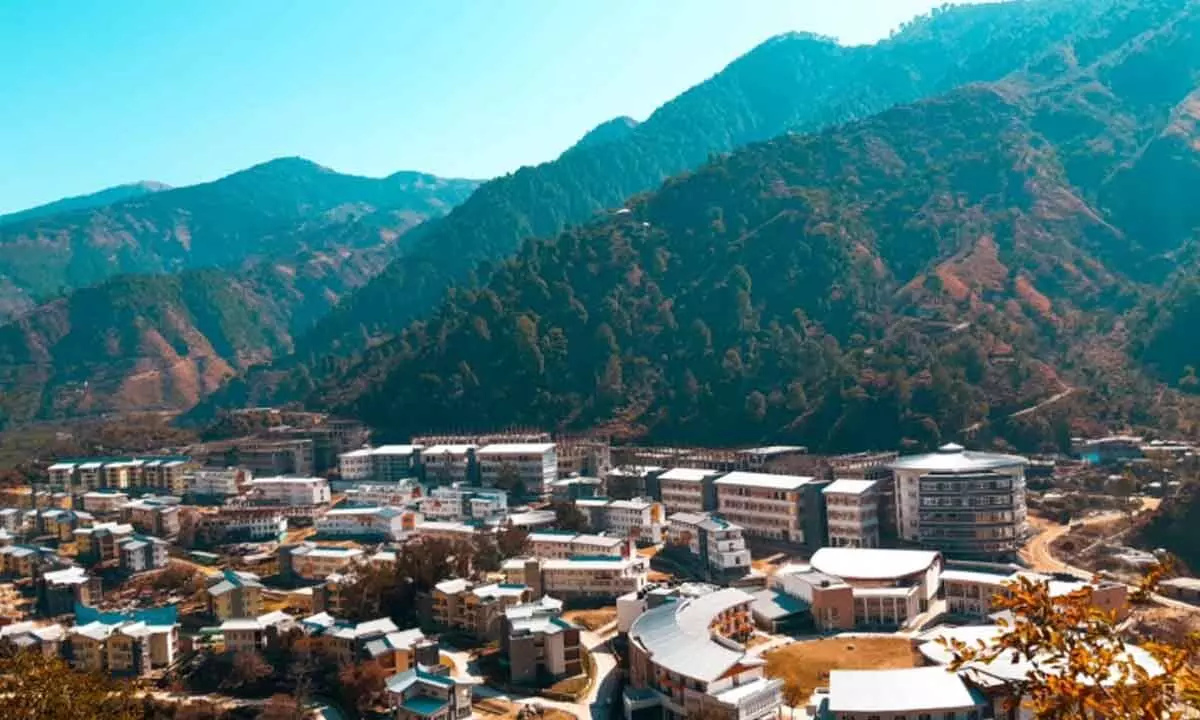IIT Mandi, Durham Univ to study climate risk to rail beds
Understanding the coupled impact of train and environmental loading is essential to design and maintain the railway embankment against changing climatic conditions-- Ashutosh Kumar, Assistant Professor, School of Engineering
image for illustrative purpose

Mandi: Researchers at the Indian Institute of Technology Mandi, and Durham University in the UK have developed suction monitoring setup for soil cyclic triaxial testing to investigate the impact of climate change on railway embankments.
The main component of railway infrastructure is the trackbed, which is supported by earthworks. This is mainly used to support the track infrastructure and carry the load imparted by the moving traffic.
The present design protocols only consider the load developed due to the moving train thereby ignoring the real case scenario of changing the natural state of the soil due to ingress and egress of water.
Oftentimes, soil used in earthworks is compacted and remains unsaturated during its lifetime. Seasonal variations in terms of precipitation and drought are capable of altering the amount of water present within this compacted soil mass which can alter the strength of the embankment.
"We all now understand the reality of climate change which is causing intense rainfall. Compacted soil is susceptible to deterioration under the changing climatic conditions due to changes in the water holding capacity of the soil causing a hysteretic loss in the soil strength. In addition, the repeated train loading can exacerbate the deterioration process that would ultimately cause premature track degradation and resulting failure," said Ashutosh Kumar, Assistant Professor, School of Engineering, IIT Mandi, in a statement.
"Understanding the coupled impact of train and environmental loading is essential to design and maintain the railway embankment against changing climatic conditions," Kumar added.
The researchers thus developed a setup within a cyclic triaxial apparatus to monitor changes in soil suction and deformation brought by traffic-induced cyclic loading and environmental loading, which can be used to assess climate risk at the design stage of railway embankments.
The soil sample used in the study was taken from a 650-km heavy haul South African coal line that connects around 40 mines to the Richards Bay Coal Terminal in South Africa.
The team adopted three testing protocols. First, under the condition of train loading, they allowed the water from the soil to drain freely when the soil voids were filled completely with water as a result of intense rainfall.

